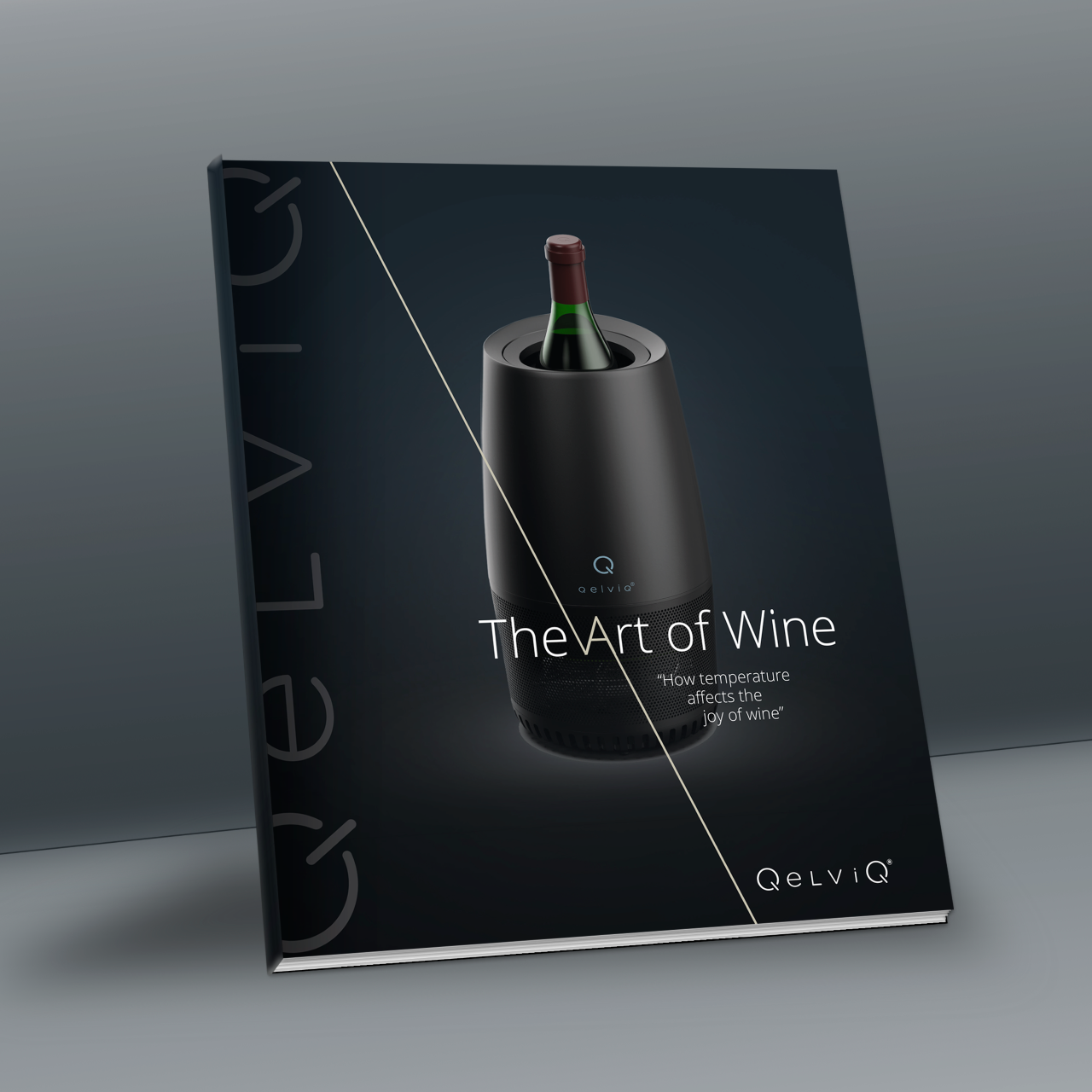Decanting the Details: The Influence of Glassware on Wine Temperature
How Glassware Affects the Temperature of Wine
Wine enthusiasts worldwide appreciate the ritual of choosing the perfect glass for their vino. The shape, size, and even the thickness of the glass can significantly impact the aroma and taste of the wine. But another underrated factor that plays a vital role in the wine-drinking experience is how the glassware affects its temperature. Let’s delve into the subtle interplay between glass and grape, and why it's so essential to get it right.
The Science Behind Wine and Temperature
Temperature directly influences how we perceive the flavors and aromas in wine. When a wine is too cold, it can seem muted or flat because the cold suppresses both its aromatic molecules and our taste receptors. On the other hand, if a wine is too warm, it can taste overly alcoholic or flabby.
The ideal temperature for serving wine varies based on its type. For instance, light white wines and sparkling wines shine best between 38°F to 45°F, while full-bodied whites and light reds are most expressive between 50°F to 60°F. Full-bodied red wines and ports, on the other hand, are optimal between 60°F to 68°F.
Glassware’s Role
1. Thermal Conductivity: Glass is a poor conductor of heat, which means it doesn’t transfer the heat from your hand to the wine quickly. However, the thickness of the glass matters. Thinner glasses, often found in higher-end stemware, are less insulative than thicker ones. Thus, holding a thin glass filled with wine could warm it faster than if it were in a thicker glass.
2. Surface Area: A larger bowl increases the surface area of the wine exposed to air. While this is great for aeration, it also means there's a bigger surface for temperature exchange. Therefore, wines in larger glasses may warm up more quickly, especially if the room's ambient temperature is high.
3. Stem vs. Stemless: The debate between stemmed and stemless wine glasses isn’t just about aesthetics. When you hold a stemmed glass, your hand makes minimal contact with the bowl, reducing the transfer of body heat to the wine. In contrast, with stemless glasses, your hand is in direct contact with the bowl, which can warm up the wine faster.
Choosing the Right Glass
Given the intricate relationship between wine and temperature, selecting the right glassware isn’t just a matter of personal preference. For wines that benefit from cooler serving temperatures, such as sparkling whites, consider a glass with a longer stem and a narrower bowl. Conversely, for wines that shine slightly warmer, like bold reds, a larger-bowled glass might be more appropriate.
In conclusion, while the nuances of wine and glassware can seem overwhelming, understanding the basics of how temperature affects the wine experience can elevate your enjoyment. So, the next time you pour yourself a glass, take a moment to consider not just what you’re drinking, but how you’re drinking it.

Wine lover? Want to learn even more? Download your FREE 64 page e-book!

"Hi l am Wim, sommelier, and wine enthusiast just like you! My fellow sommeliers understand the importance of serving wine at the correct temperature. They know that if wine is too warm, it will lose its flavors and complexities, and if wine is served too cold, it will numb your taste buds. A few world renown sommeliers and myself will explain this further, and share some interesting (taste) case studies."
